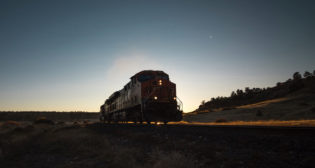
Transit Briefs: Caltrain, Metro-North, SJRRC, VIA Rail
Written by Marybeth Luczak, Executive Editor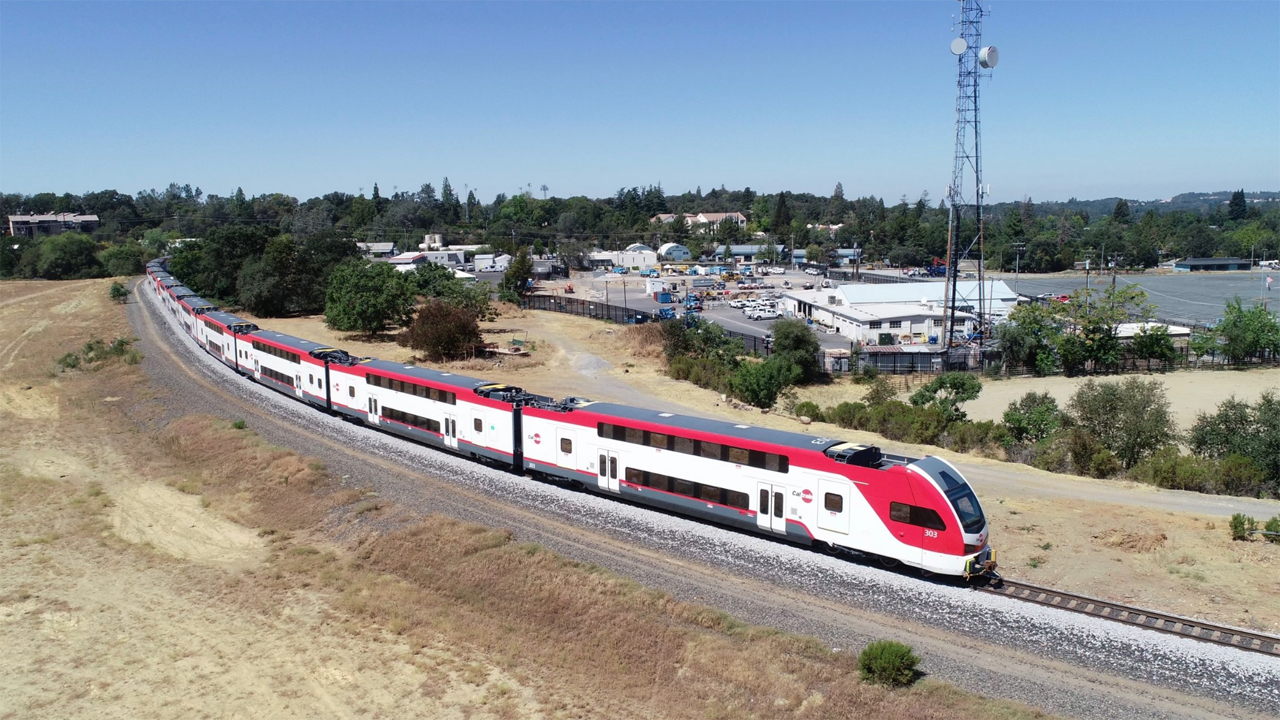
evo-rail, Nomad Digital and Alstom will deliver core rail-5G mmWave radio technology to Caltrain, which provides commuter rail service between San Francisco and San Jose, Calif. (Photograph Courtesy of Caltrain via Twitter)
evo-rail teams with Alstom and Nomad Digital to bring rail-5G mmWave radio technology to Caltrain. Also, MTA Metro-North Railroad train inspectors could strike this fall; San Joaquin Regional Rail Commission (SJRRC) will receive $40 million from the California Transportation Commission (CTC) for a double-tracking project that has both freight and passenger rail benefits; and VIA Rail Canada is investing more than C$25 million on London, Ontario, station upgrades.
evo-rail on July 11 reported its partnership with Nomad Digital, a train Wi-Fi and IoT solutions provider, and Alstom to deliver core rail-5G mmWave radio technology to Caltrain, which provides commuter rail service between San Francisco and San Jose, Calif. The project, it said, is part of railroad’s infrastructure modernization program “to provide faster and more reliable Wi-Fi service to its customers.”
According to evo-rail, the rail-5G millimeter wave radio technology “will be part of the on-board wireless system to deliver advanced on-board sensors and data analytics that will enable Caltrain to gather real-time data on train performance, customer movements and infrastructure conditions.” The data can be used to “improve operational efficiency, reduce delays and enhance the customer experience,” the company added.
Nomad Digital will supply the wireless infrastructure and Alstom, the onboard sensors and data analytics tools. The on-board Wi-Fi system is expected to be fully operational for Caltrain and its customers in early 2024, according to evo-rail.
“We’ve been providing rail-5G solutions in both the U.K. and Spain and are excited to enter the U.S. market through Nomad, Alstom and Caltrain,” evo-rail CEO Simon Holmes said.
Separately, Caltrain’s electrification project reached a major milestone last month as electric trains operated under power from the overhead contact system for the first time. Also, Caltrain’s Board of Directors has approved its Fiscal Year 2024 (FY24) and Fiscal Year 2025 (FY25) operating and capital budgets.
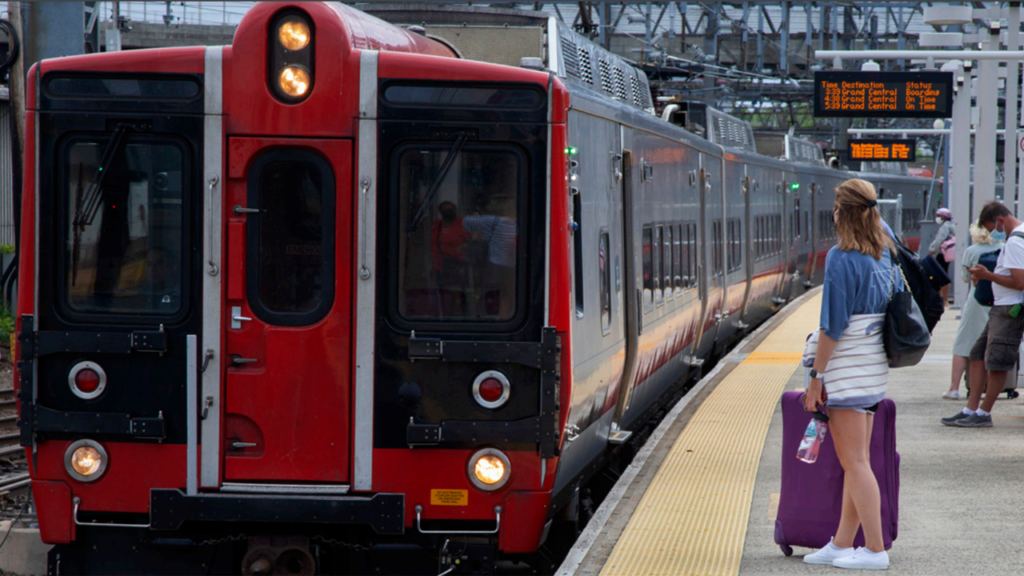
The Connecticut Post on July 10 reported that approximately 600 MTA Metro-North Railroad inspectors in New York and Connecticut, who are members of two locals for the Transportation Workers Union, “voted last week to authorize a strike as soon as this fall, when the union could be released from ongoing talks before the National Mediation Board.”
According to the newspaper, TWU International President John Samuelson “said that he’s received commitments from the other unions representing conductors and Metro-North workers to support a strike should it take place.”
The impasse, he said, is due to “MTA’s efforts to spread wage increases across a 50-month contract, rather than the 48-month agreements that the authority negotiated with other unions dating back to 2019,” reported the Connecticut Post, which noted New York MTA “did not immediately respond to a request for comment” on July 10.
Two more months would “save the agency roughly $300 per inspector over the life of the contract, according to Samuelson,” who also said the union has operated since August 2019 without a contract, the newspaper reported.
MTA and union leadership recently began a fourth mediation session, and “Samuelson said he expects talks to end in September or October, and at which point he said the union will seek permission to withdraw from mediation and begin its strike,” according to the Connecticut Post. The National Mediation Board declined the paper’s request for a comment, “citing the ongoing nature of the talks between the two sides.”
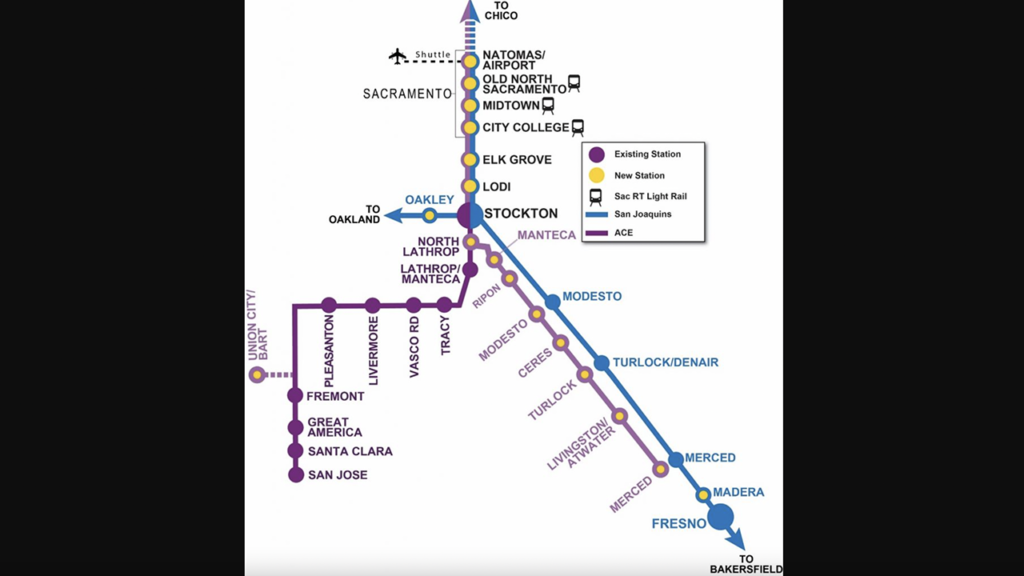
SJRRC has been awarded $40 million through the CTC Trade Corridor Enhancement Program (TCEP) for the “Union Pacific (UP) along the Fresno Subdivision from Ceres to Turlock Double Tracking Project.”
“The double-tracking project has both freight and passenger rail benefits,” SJRRC reported July 11. “Initiating passenger rail service between Ceres and Turlock is a part of SJRRC and the San Joaquin Joint Powers Authority’s (SJJPA) joint Valley Rail Program.” That program, it said, would expand passenger rail in the Northern San Joaquin Valley to Sacramento and the Bay Area, implementing two new daily round-trips for the Amtrak San Joaquins service to better connect San Joaquin Valley travelers with the Sacramento Area, and extending Altamont Corridor Express service between Sacramento and Merced.
The double-tracking project will construct a new, second main line track along an approximately 10-mile portion of the UP Fresno Subdivision between Ceres and Turlock. Following the same alignment as the existing main line track, the project will also include the extension of two culverts, modification of the undercrossing at State Route 99, and improvements to 11 at-grade crossing locations.
The TCEP award will be added to the $57 million received in 2022 from the Transit and Intercity Rail Capital Program (TIRCP) for the Ceres to Turlock segment of the Valley Rail Program, SJRRC said. The total cost of the Ceres to Turlock double-tracking project has been estimated at $133.4 million. SJRRC said it is submitting applications for federal and state programs to fully fund the segment.
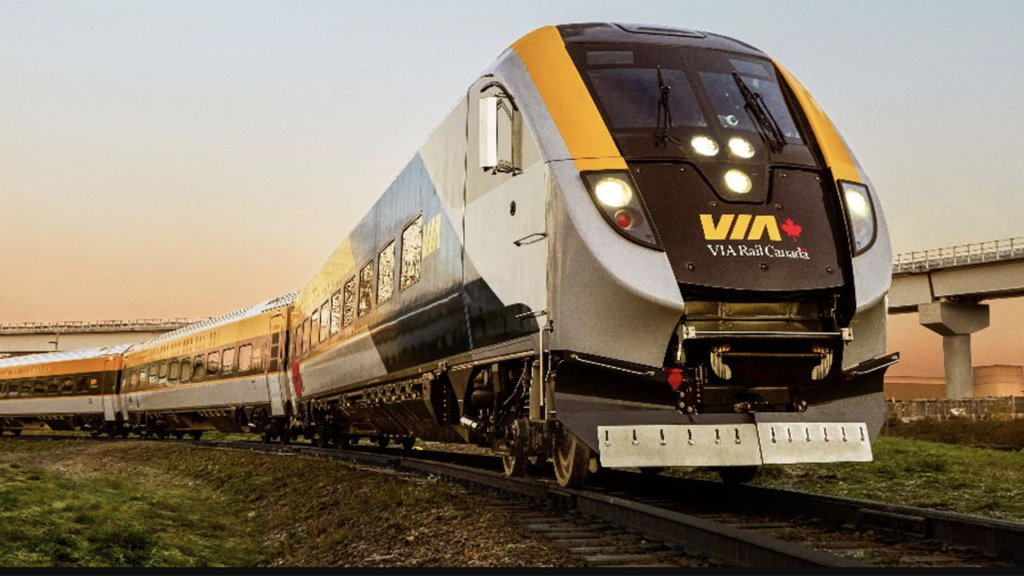
VIA Rail on July 11 announced it is spending more than C$25 million on London station modernization. The upgrades to the station, one of the busiest on its network, range from civil, structural, mechanical, and electrical work to retrofitting and rehabilitating core building systems and services. VIA Rail said the work is being carried out in four phases:
- Phase I – Civil and structural upgrades (already completed). These include new platforms that meet “the latest accessibility standards,” and new doors and paths that give “full accessibility access into the building,” according to the railroad company.
- Phase II – Building envelope refurbishment (already completed).
- Phase III – Passenger platform replacement (contract to be awarded summer 2023).
- Phase IV – Interior and base building services refurbishments (contract to be awarded fall 2023).
The work is slated for completion in 2025.
“At VIA Rail, we are continuing to transform the way Canadians travel from reservation to destination, and this includes our stations,” VIA Rail Chief Customer Officer Rita Toporowski said. “The investments in this station will allow us to enhance the customer experience in London, and also demonstrate the commitment of VIA Rail to continue being a key member of the London community.”
“Our government is committed to passenger rail,” Minister of Transport Omar Alghabra said. “Today’s [July 11] announcement is good news for the people of London. In addition to contributing to a better experience, it will create well-paying jobs in the region and ensure that more people choose the train – a greener option.”
In a related development, VIA Rail on July 10 broke ground on construction at its Toronto Maintenance Center, which will provide a state-of-the-art facility for the agency’s new fleet of 32 trains in the Quebec City-Windsor corridor.



